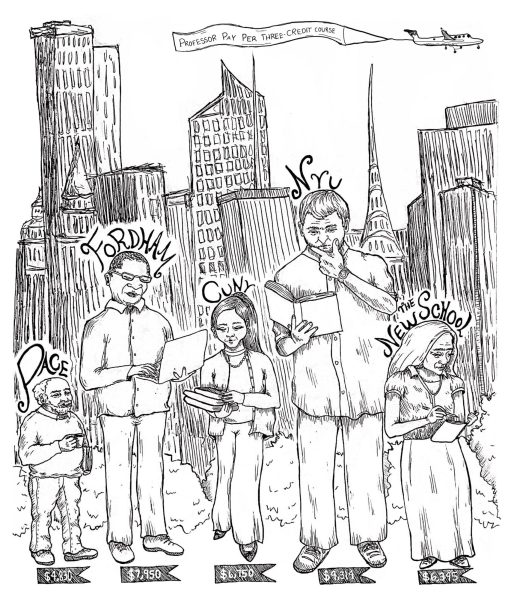The woes of standardized testing
November 20, 2022
The legitimacy of standardized testing has long been debated by both students and parents, with the latter concerned that their children’s entire future could be judged and dictated by a test they did one day within a two-to-three-hour period. Other concerns, mainly from students and even educators, mention that what is given on the test does not always correlate to the work that is learned in a school setting. Another aspect is that information that is taught at the beginning of the school year is given on these tests with no prior revision at the end of the school year. As a result, this is not always telling of a student’s success in their college careers and future job opportunities, which many find to be unfair.
Cumulative tests in these aspects have existed since the mid-1800s, but with the induction of the 2002’s No Child Left Behind Act (NCLB), standardized tests became more widespread. Former President George W. Bush signed this act into place, making it so that annual testing of reading and mathematics was mandated in all 50 states in hopes of increasing student performance in primary and secondary school and improving the yearly curriculum. However, statistics show that compared to previous years, this does not seem to have worked in America’s favor. For comparison, in 2000, students in the U.S. were ranked 18th in the world in mathematics to 40th in 2015. Similarly for science, the U.S. was originally 14th and then dropped to 25th; for reading, it dropped from 15th to 24th.
Professor of psychology at Cornell University, Robert Sternberg, has shared his feelings on standardized testing, and they are not positive ones. Sternberg has put an extensive amount of time into studying the format of standardized tests and concluded that they do not provide useful information on whether students can think critically and if it can help them in college and life in general. Sternberg says, “The way we test students on typical standardized tests has little or nothing to do with the way real-world problems present themselves… the temperatures are going up, the water is disappearing, and we’re worried about multiple-choice tests.”
There are also some people who believe that standardized tests could still be beneficial if they are redesigned to be more effective. These tests were postponed in many states, including New York, during the past two years in which the pandemic was at its peak, which led educators to use regular testing to see what information students retained. Currently, some standardized testing has been reinstated, which allows teachers to compare what students remembered previously to now.
Overall, what does this mean in the broader context of things? Standardized tests have both their pros and cons, with their cons being a bit more apparent. It can be seen as a great way to test a student’s knowledge on a specific topic, but it can also lead to a student judging their self-worth if they get a grade lower than what they expected or is not on the same wavelength as their peers. There is no doubt that these types of tests cause anxious feelings in one’s mind, especially with the recent NY Times report revealing that most students fall below the average of test scores. This can be disappointing, especially if the student has studied hard for the test’s topic or has learning challenges that hinder them from performing their best.
Many people are fighting for the right to have standardized testing be optional or not considered at all, which makes sense as the current format of State testing is outdated given all the changes to society in recent years with the switch to an online format being widely accepted now. The University has even stopped accepting standardized testing after Professor Shostya and her teaching assistants presented a study to the school officials. The University experimented with a test-optional policy before the Covid-19 pandemic struck; while the Pforzheimer Honors College still continued a clearly articulated set of admissions criteria that identified the targeted student body, the criteria that were based on SAT or ACT scores and the high school average. So, Professor Shostya, then a faculty advisor at the Honors College and now interim chair of the Economics Department, and one of her research assistants decided to investigate admission standards at the Honors College. They collected data on more than 300 Honors students, including data on high school averages, college-level courses, standardized test scores and other possible predictors of students’ college success. To measure success, they used collegiate grade point average (GPA) and probability of graduating with Honors.
“Our regression analysis suggested that there was no significant relationship between either SAT or ACT scores and college GPA,” Shostya said. She adds, “High School GPAs seem to be a better predictor of the college GPA than standardized scores, possibly because they include effort and ability to persevere over a longer period of time and, thus, translate better into students’ readiness for college. These results are consistent with most results in recent literature.”
Following the results of the study, the Honors College and the entire University adopted a test-optional policy, along with SAT/ACT scores. As more and more universities across the country are joining the trend, it seems that standardized testing seems to be losing ground. Hopefully in due time, more schools and even the department of education can see why this is the best decision for both students and for the future of education.















